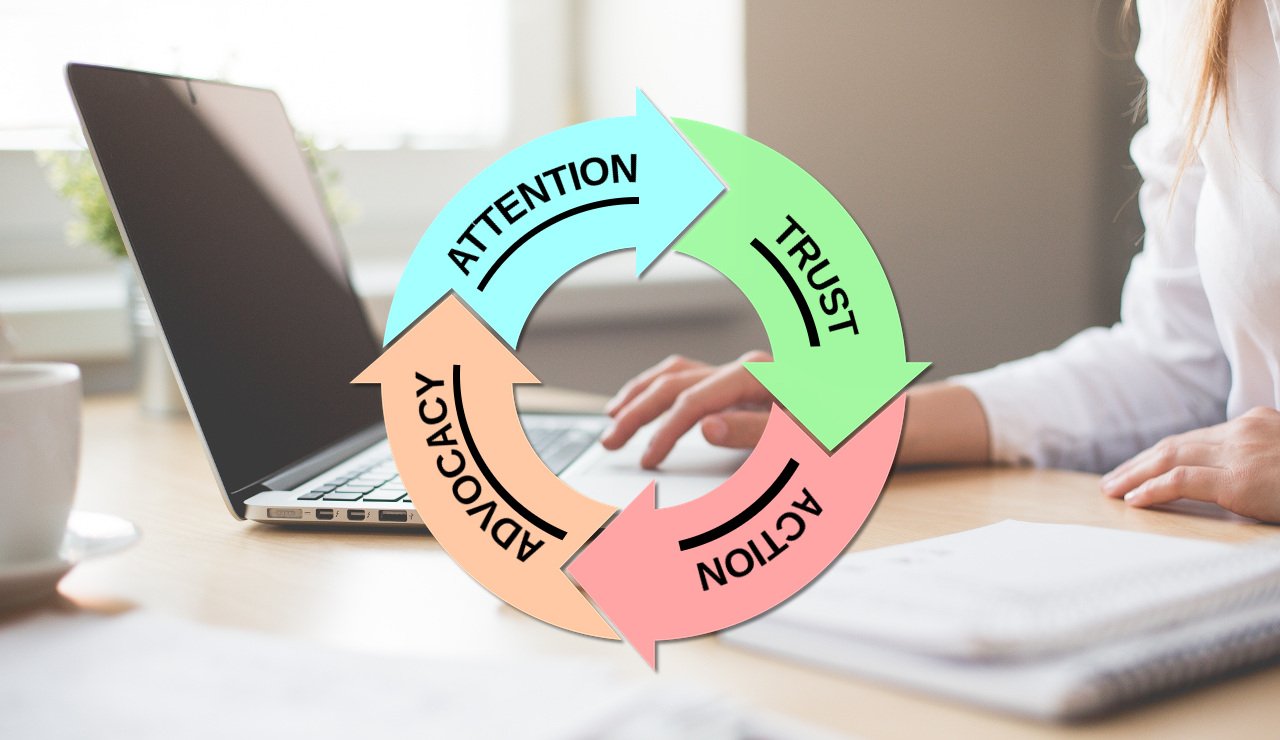Sometimes customers tell me they just need a business card website or information website. It’s important to consider the full range of what a website can do for you though. Some of the simplest websites that don’t seem to DO anything can be a companies best salesperson. And even a completely non-commercial website often has the same goals when you think about it. So it makes sense to use eCommerce strategy for every website. Besides, no matter who you are or what the purpose of your website is, marketing is something everyone needs to do. Marking is how you represent yourself, company or organization. So it’s an essential part of how you get noticed, hired and accomplish virtually any goal.
So let’s look at how a good eCommerce website does marketing! (want an eCommerce site? read Getting Started Selling Online)
The first step is to get noticed.
Every website needs to be able to get attention so it can be found by it’s target audience. This starts with attractive design, quality content, optimization and, if needed, advertising. And of course everything needs to be functioning properly. So many people do research online about everything, not just before making a purchase. So there’s a good chance your website will be someone’s first impression of you, your business or organisation.
Next an eCommerce site needs to build trust.
Your audience needs to be able to access information about you, your products or service easily and grow to like and trust you. Your content needs to prove your credibility. An SSL security certificate is necessary for an eCommerce site. But it doesn’t hurt to add one to any website that collects information (think contact form). In fact internet security has become a major issue to the point where we now offer free SSL to all our clients.
All Websites Should Encourage Action!
Once you have the attention and trust of your audience you’ve laid the foundation for a sale. (Even if your website is just a profile, a blog or is offering any other kind of “free” information. Internet users still need to be “sold” on using your website or contacting you!) So you want your audience to take action. Maybe that means buying something, signing up for a newsletter, trying a recipe you’ve posted, filling in a contact form… every website should encourage action!
The final phase of eCommerce strategy that any website can learn from is advocacy.
After someone has connected with you, through an action taken on your website, you want them to rate that transaction. That might mean posting a review of a product, service, ebook or recipe, posting a positive comment, telling a friend about you, or sharing your content on social media. This is where all your best marketing starts, with feedback and advocacy, things everyone needs whether they are selling anything or not.
So that’s the full circle: attention, trust, action, advocacy
This is known to eCommerce businesses as the Customer Journey. eCommerce design starts with a plan based on the ‘Add to Cart’ or ‘Buy Now’ action, which is obviously the goal of any eCommerce site. But I like to start every website with the question: What Action do we want website visitors to take? Once I know that I need to know who is likely to take this action, who is the audience? And how can we build trust with that audience? How can we position you as an authority in your field? Then we start the design process and of course get feedback and advocacy from your current audience. That’s where the circle connects. Advocacy is by far your best source of attention and if your website is working, your audience will let you know!


4 thoughts on “Every website is an eCommerce website”